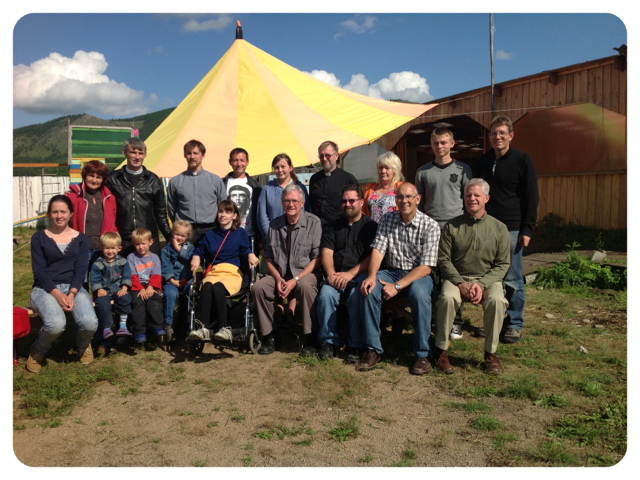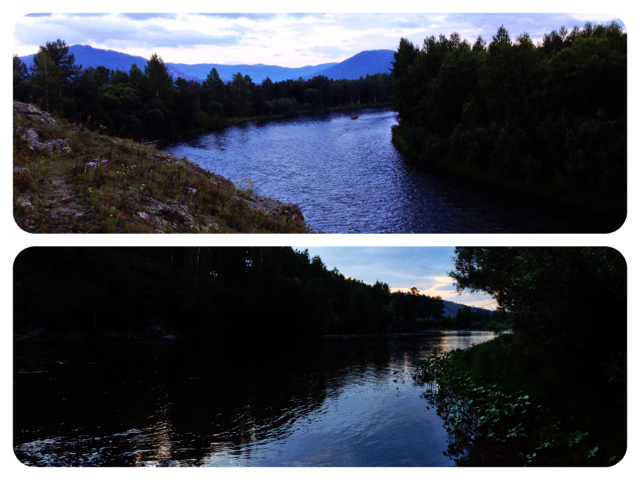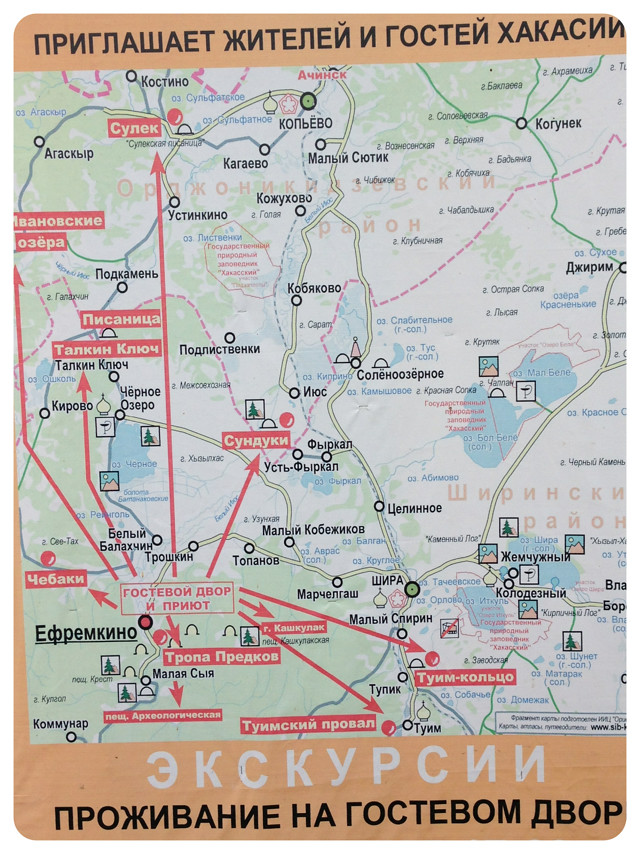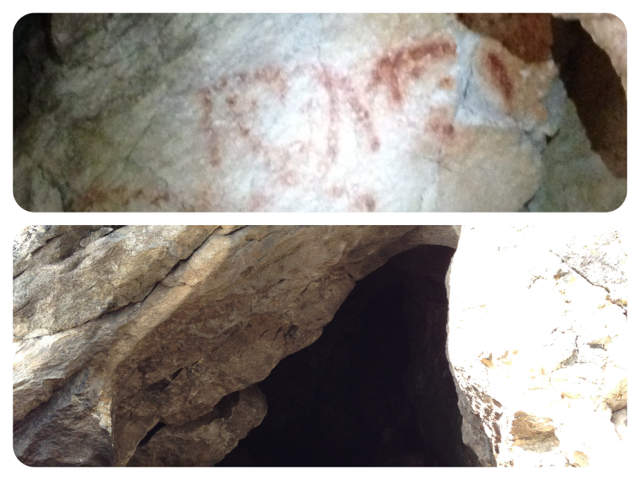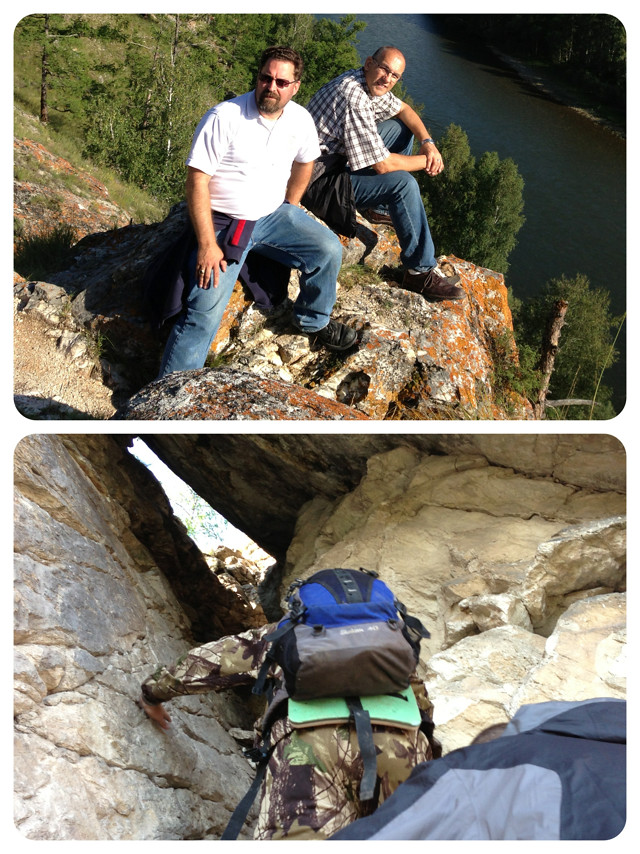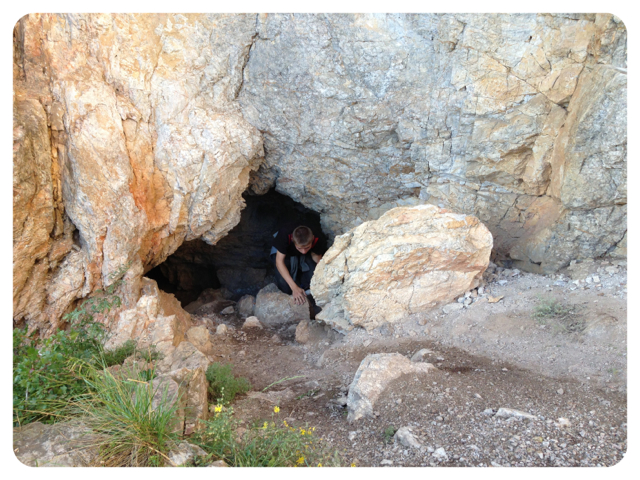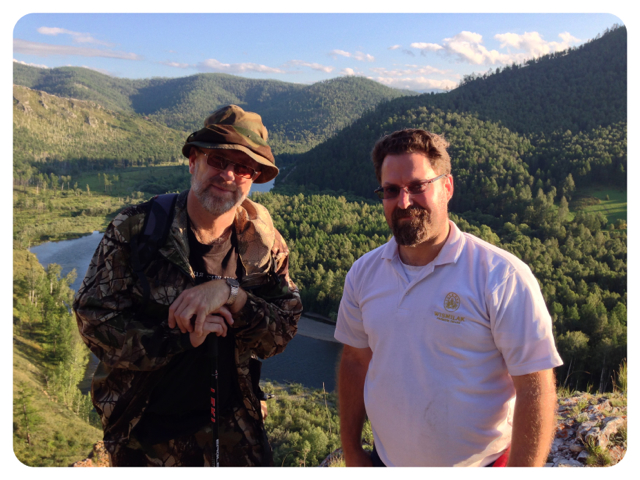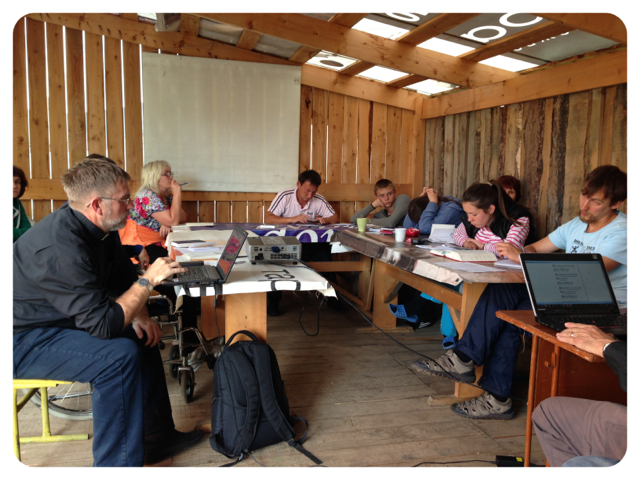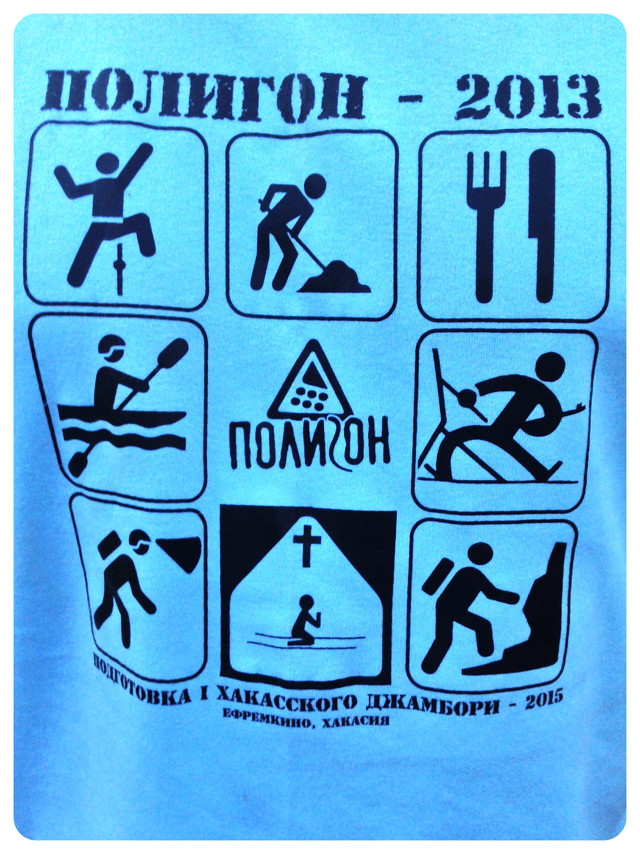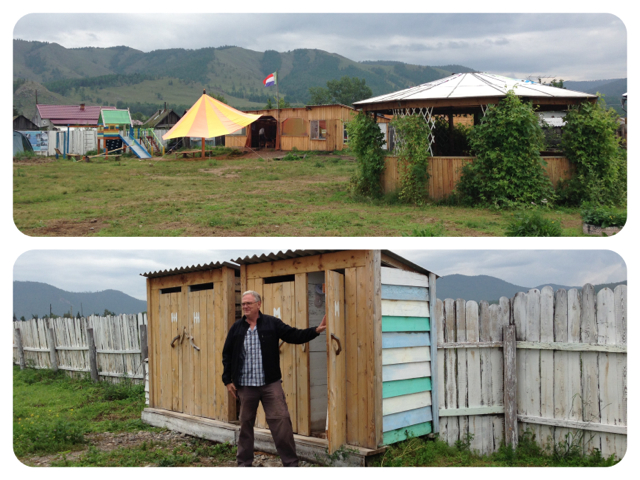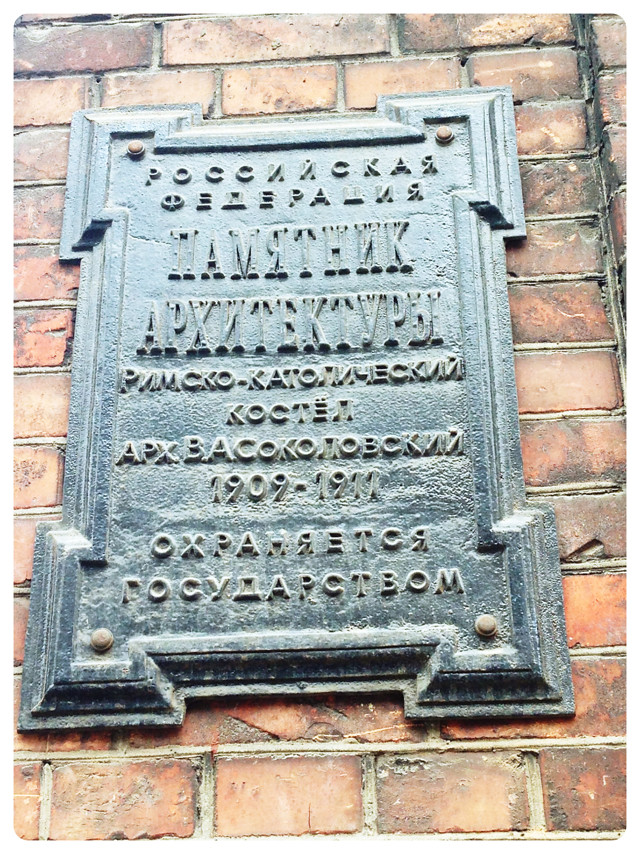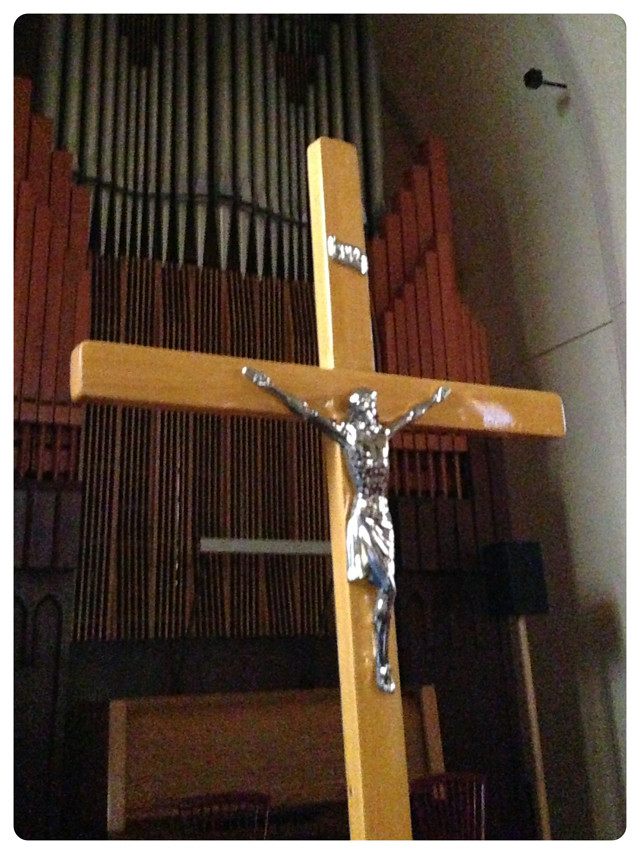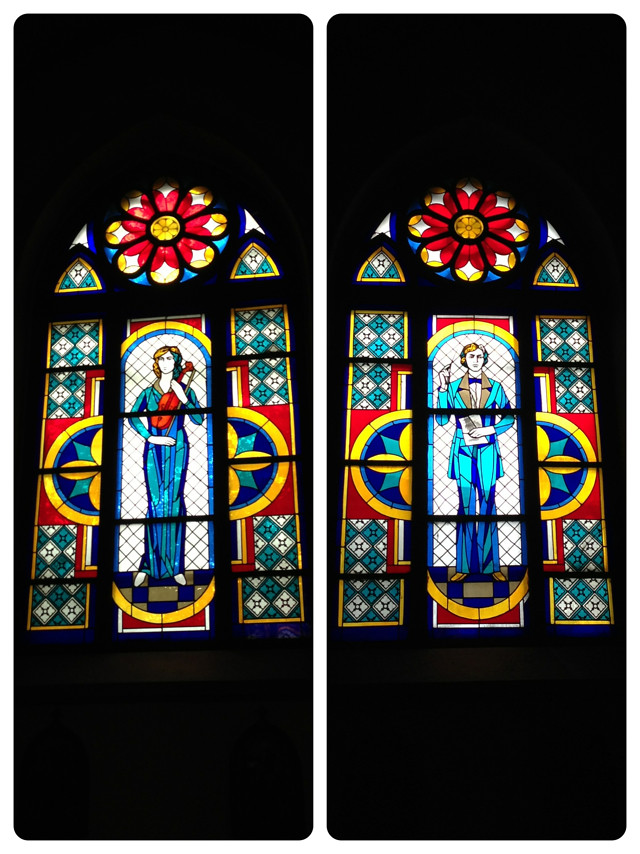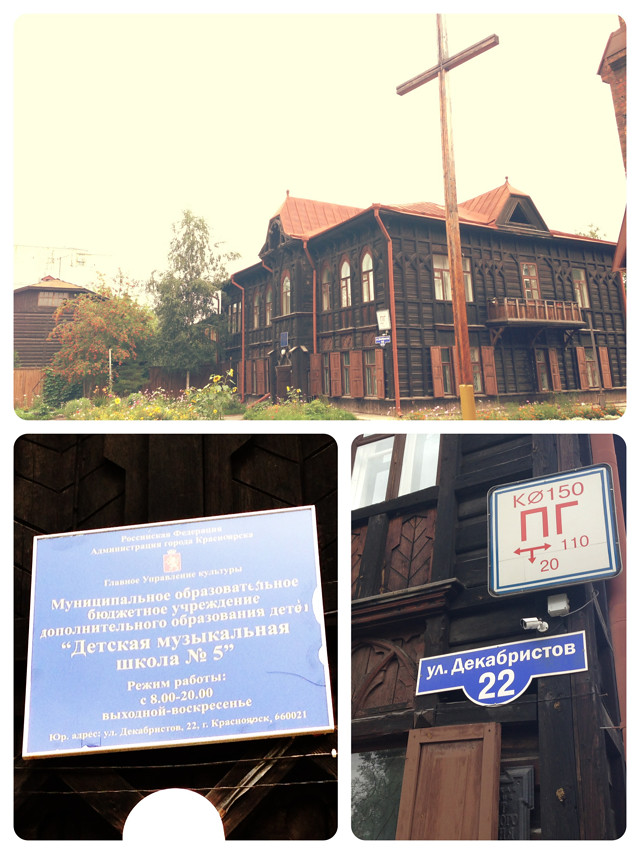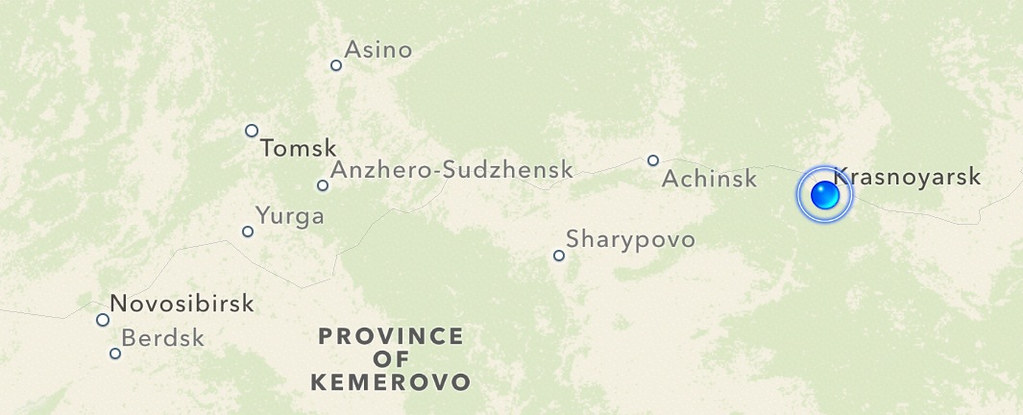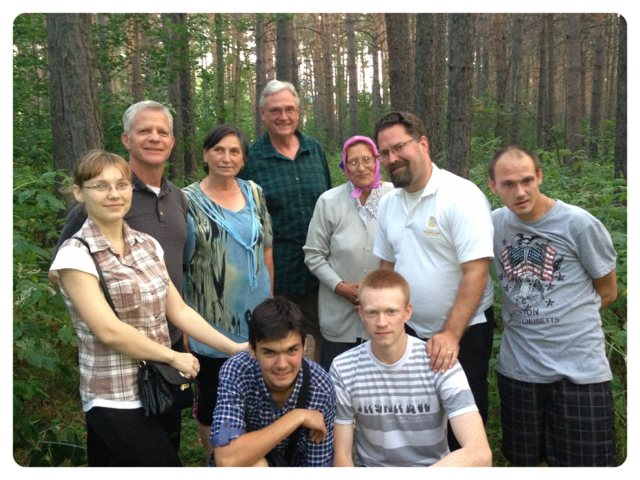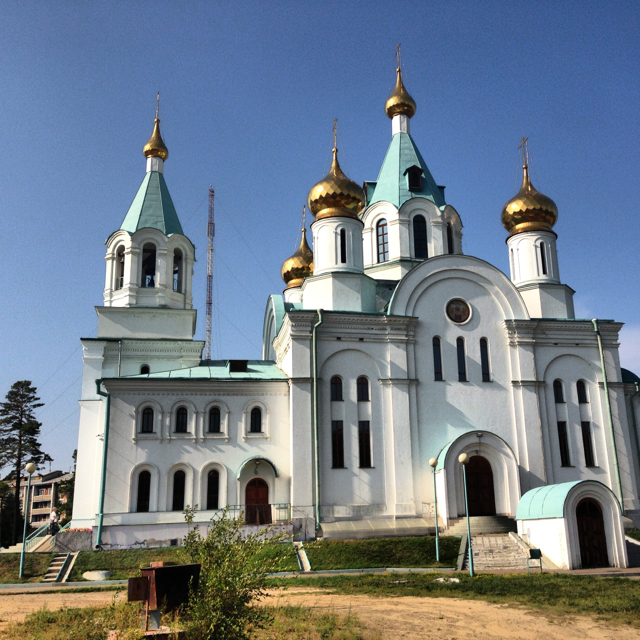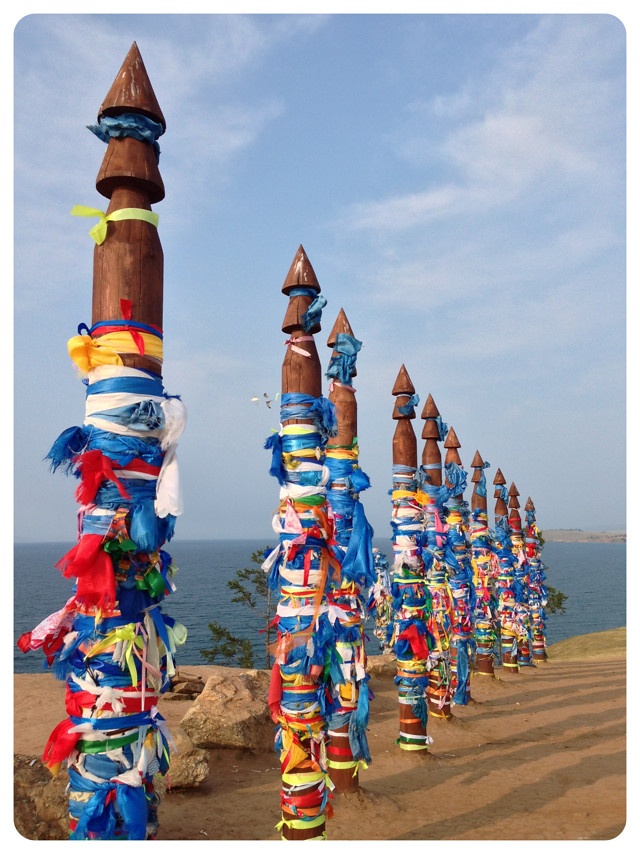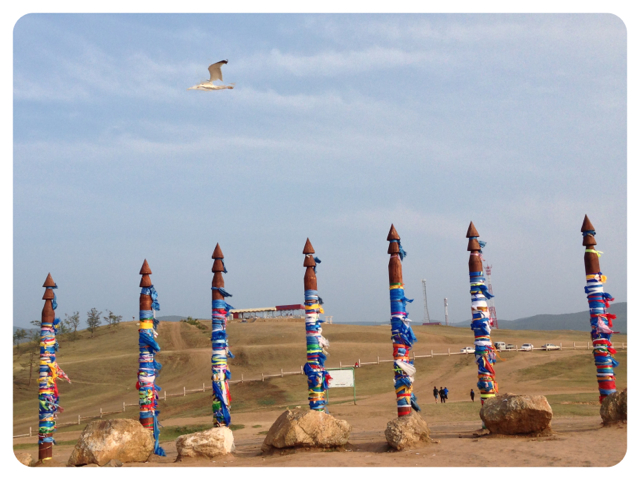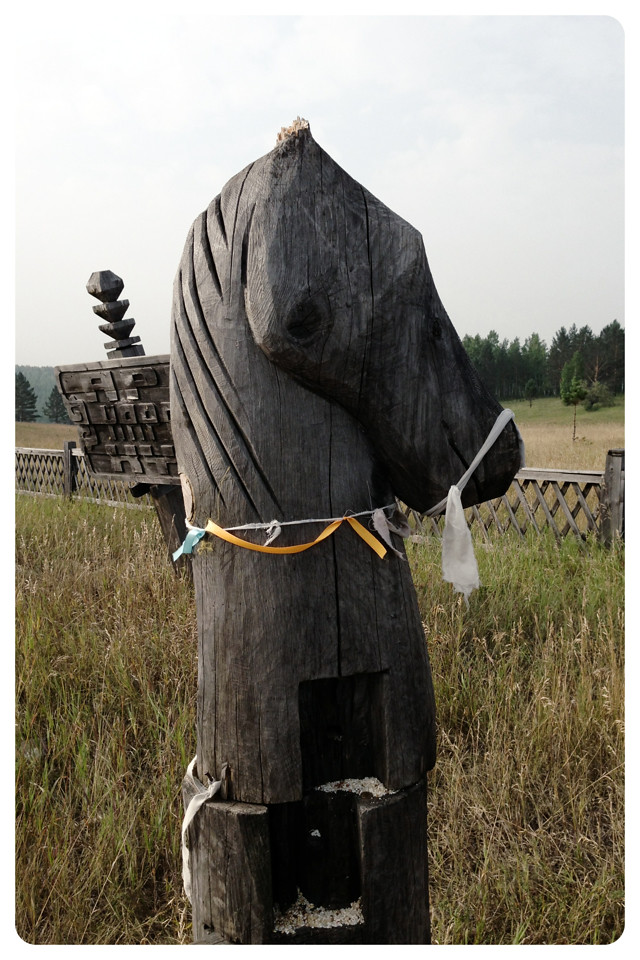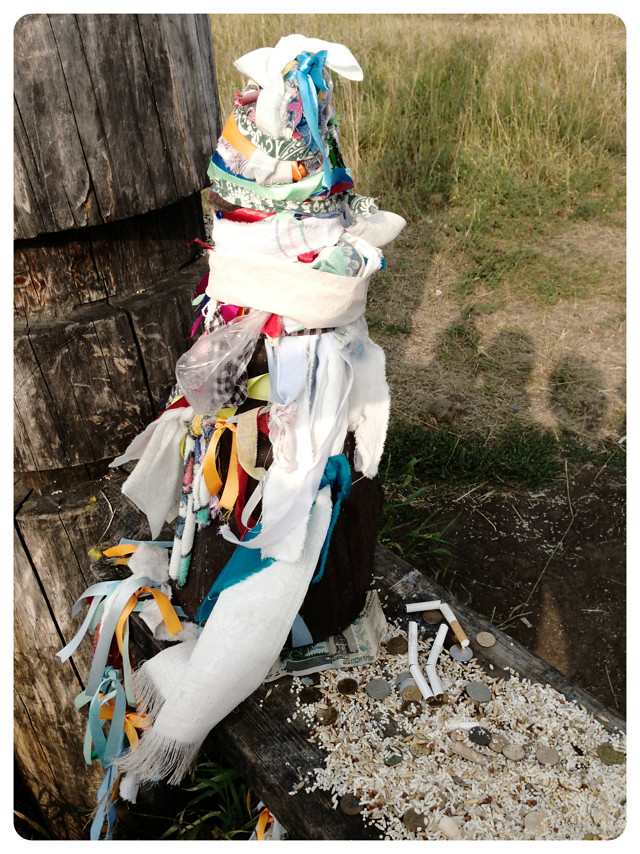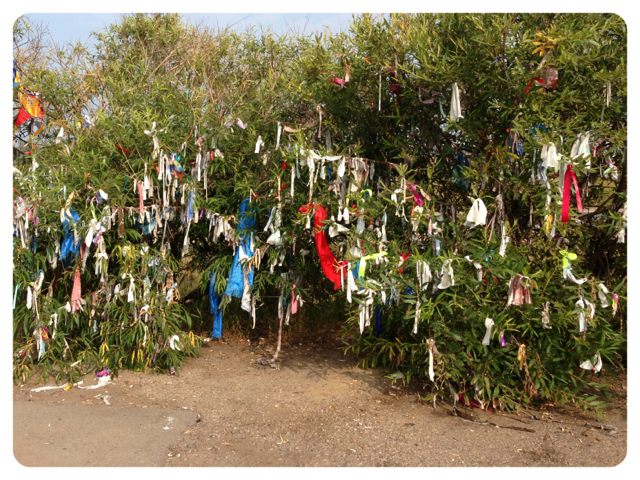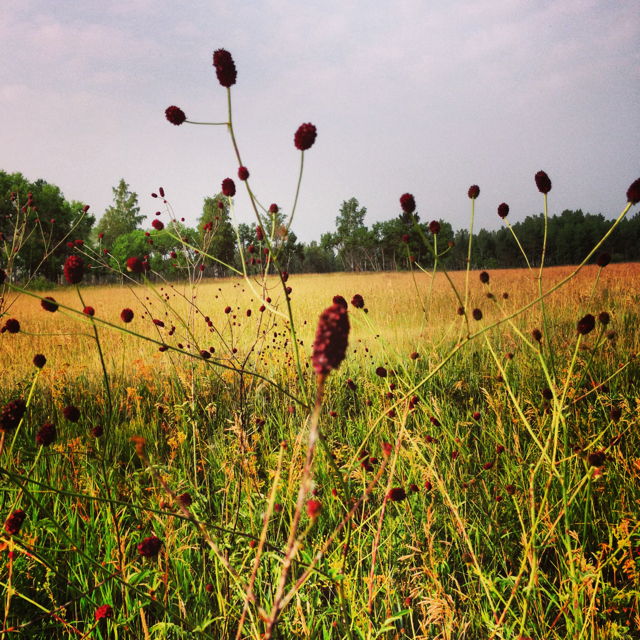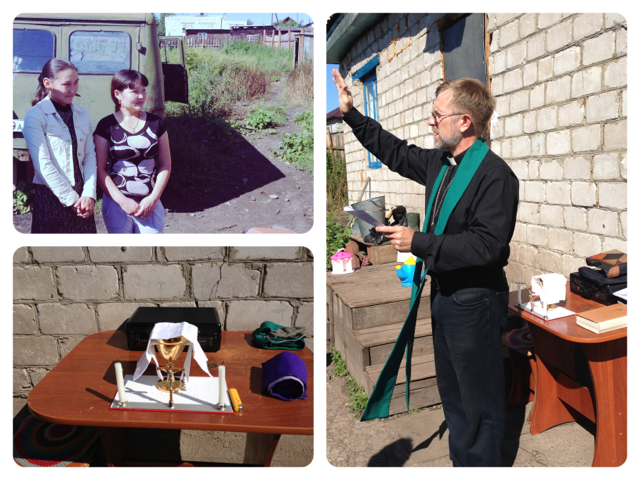
Yesterday we traveled from the "Camp between Two Rivers" near the village of Efremkino (Ефремкино) back to Abakan, Russia so that we could fly to Moscow and then back to the United States.

On the way back to Abakan, we stopped at little villages so Pastor Pavel Zayakin could visit members of the church, especially those who had moved away from closer congregations due to economic reasons. Pastor Zayakin is the Prost, similar to the District President, of the Khakassia region.
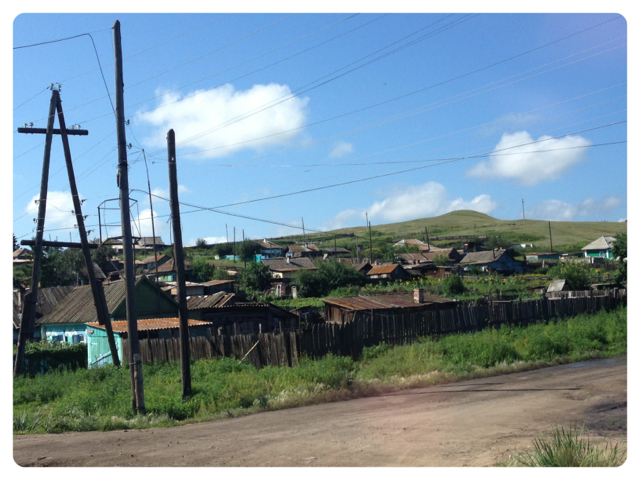
We came to the village of Shira (Шира) to make the first visit to two women who had moved from another village. The village they moved from had collapsed economically, only about 100 people, mostly elderly, remain. The village of Shira (Шира) by comparison is a good place to live.

Pastor Zayakin conducted a simplified home service, similar to the service found in the Lutheran Service Book Pastoral Care Companion.

The women dressed as if they were attending church on Sunday morning. We were rather surprised that the women dressed up for a home visit.
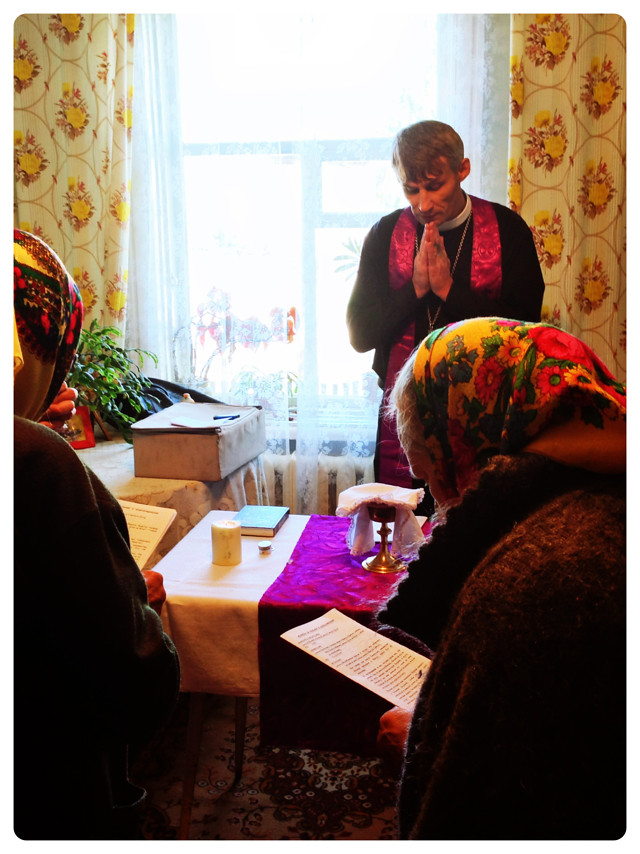
We visited another town, Tuim, for a home visit. The women were 84 and 85 years old and spoke Latvian and Russian. Their parents had been relocated from Latvia to Siberia but they had remained Lutheran their entire lives.
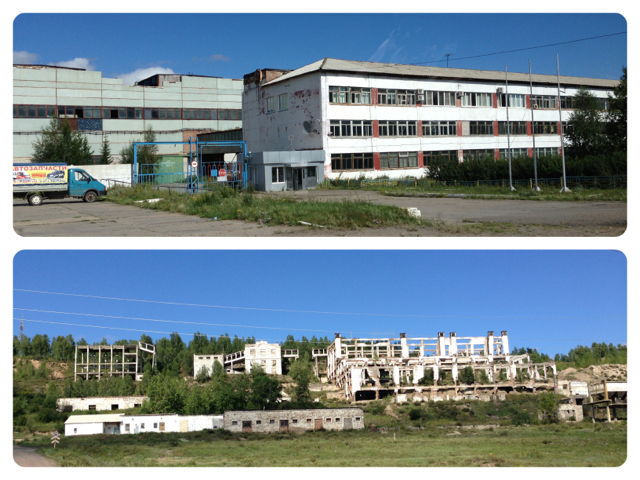
In Tuim we saw an abandoned factory and mining operations. The abandoned industrial complex is referred to as a monument to the Soviet system of a planned economy.

Nearby the abandoned industrial complex is the collapsed mine. We were told that divers were not able to reach the bottom of it. At its peak Tuim had 50,000 people. Now it only has around 3,000.
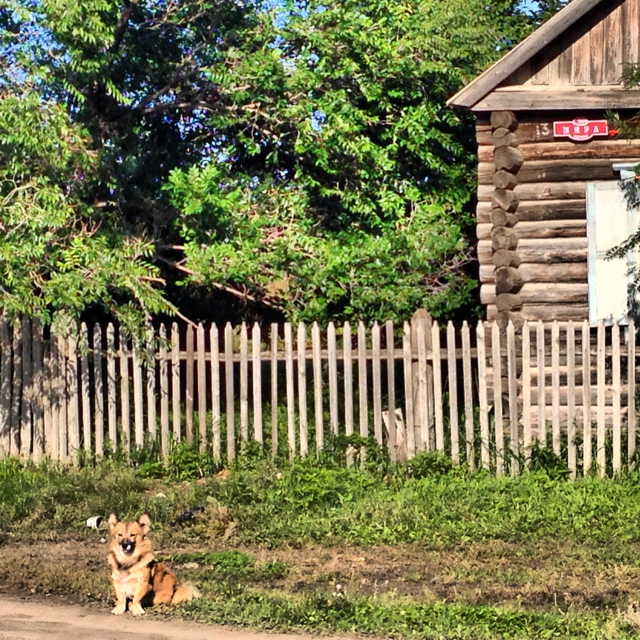
In the village, a little dog sits on the corner of Мира (Mira) "Peace Street."
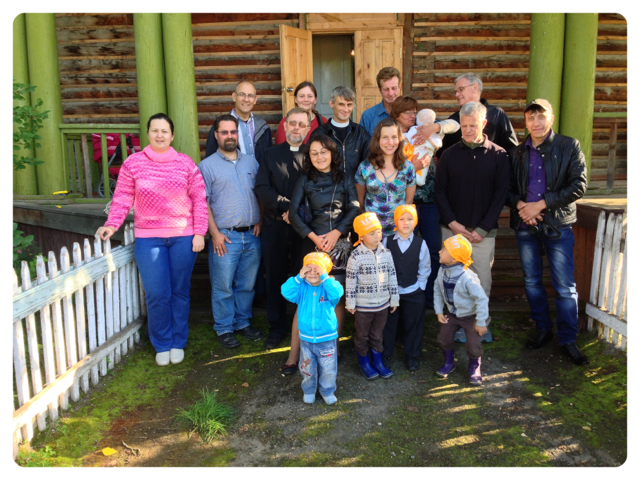
We visited the congregation in Tuim, which gathered for the regular Friday vespers.
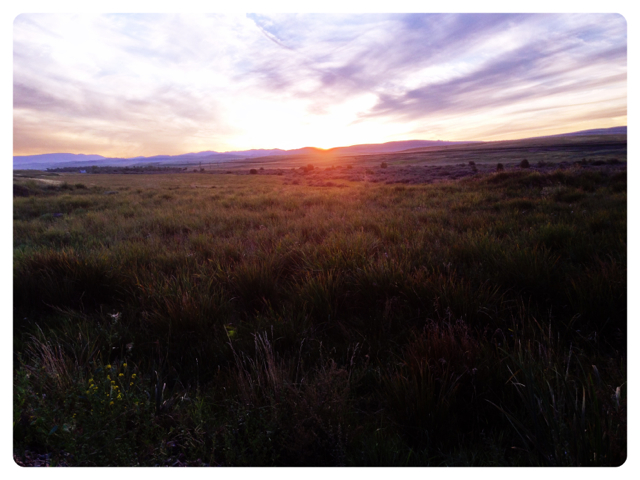
Finally, as the sun set over the step, we arrived in Abakan for tr night, to begin the journey westward to Moscow and on to the United States.
- Posted by Dr. Albert Collver from Moscow using BlogPress from my iPhone
Location:Skhodnya,Russia
